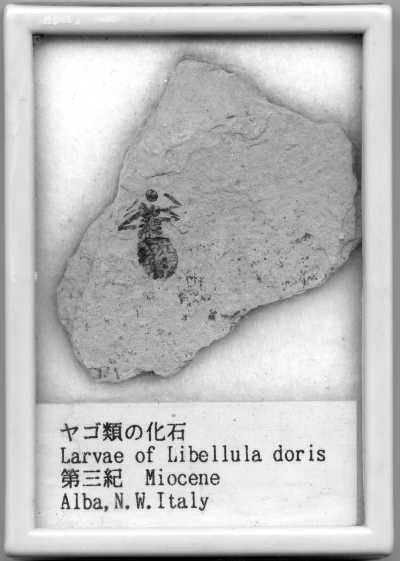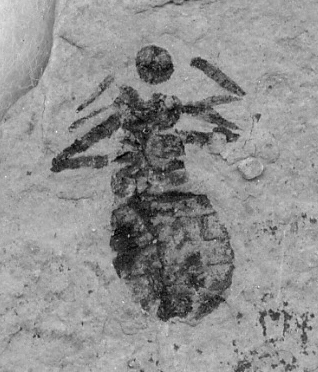The alternative term, "found art", should indicate a careful aesthetic search process to be a significant description of what is going on. Otherwise it loses legitimacy as a methodology of art.
For example, when a stone is used in a "found art" piece, it should not be any stone, just representing the concept of it. If you are given the instruction to "express yourself" with a stone, you could keep searching for years on end, without discovering the stone that just fits your sensitivity and intentionality. Uncovering a good found art object can be a very serious undertaking indeed.
The serendipitous discovery of a good "readymade" or "found art" object tests the artist's aesthetic senses, just as in the "created" pieces in the traditional sense. This is a worth remembering point when discussing this particular category of art.
Some part of the sense of bewilderment and wayward value the term "ready made" or "found art" conjectures in one's mind, however, might actually originate in the gray zone between illegitimacy and recognition. Refinement should not lead to an overkill of the original stigma.
My own favorite "found art" is the fossil of a nymph of a dragon fly. I discovered it in a fossil shop in the Kinokuniya bookstore in Tokyo. The shape is indicative of a fighting spirit. It is one of my treasured possessions.
I have not "signed" this readymade object yet, though.


No comments:
Post a Comment